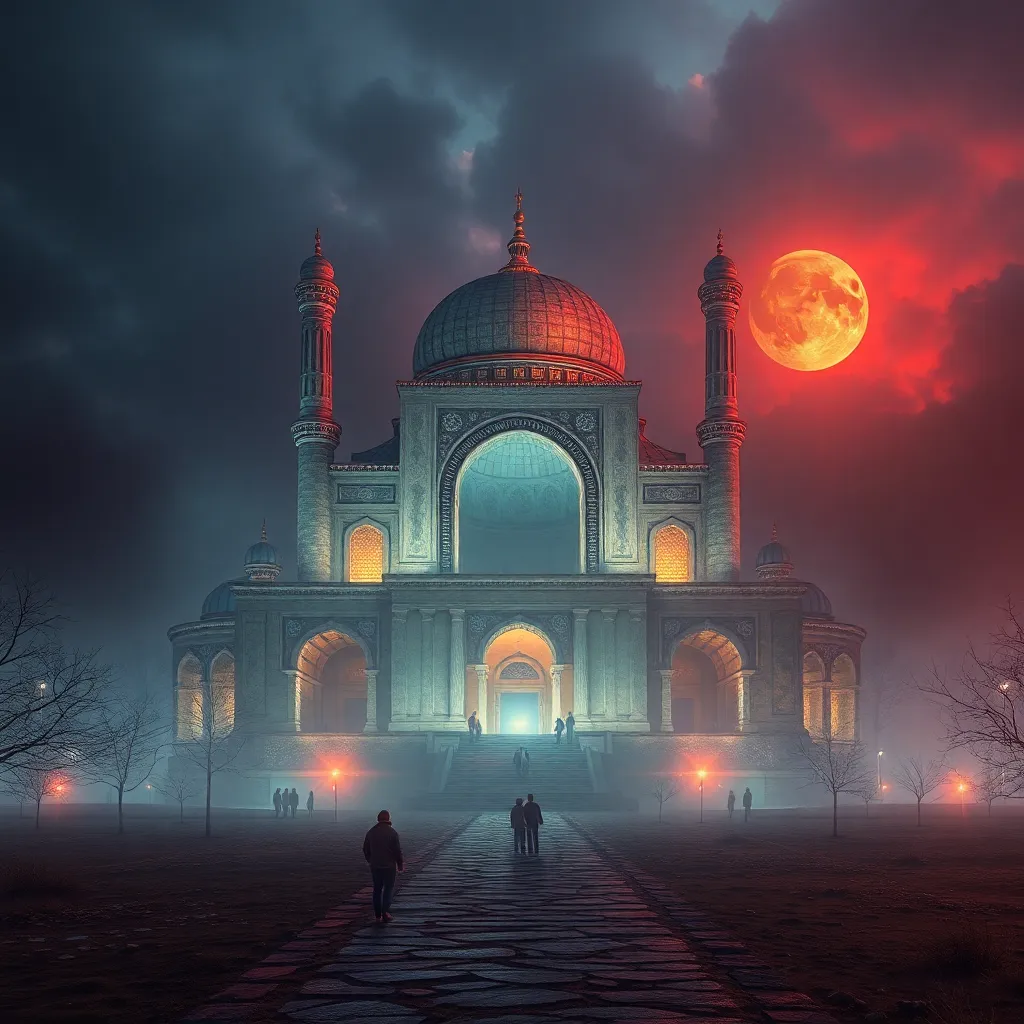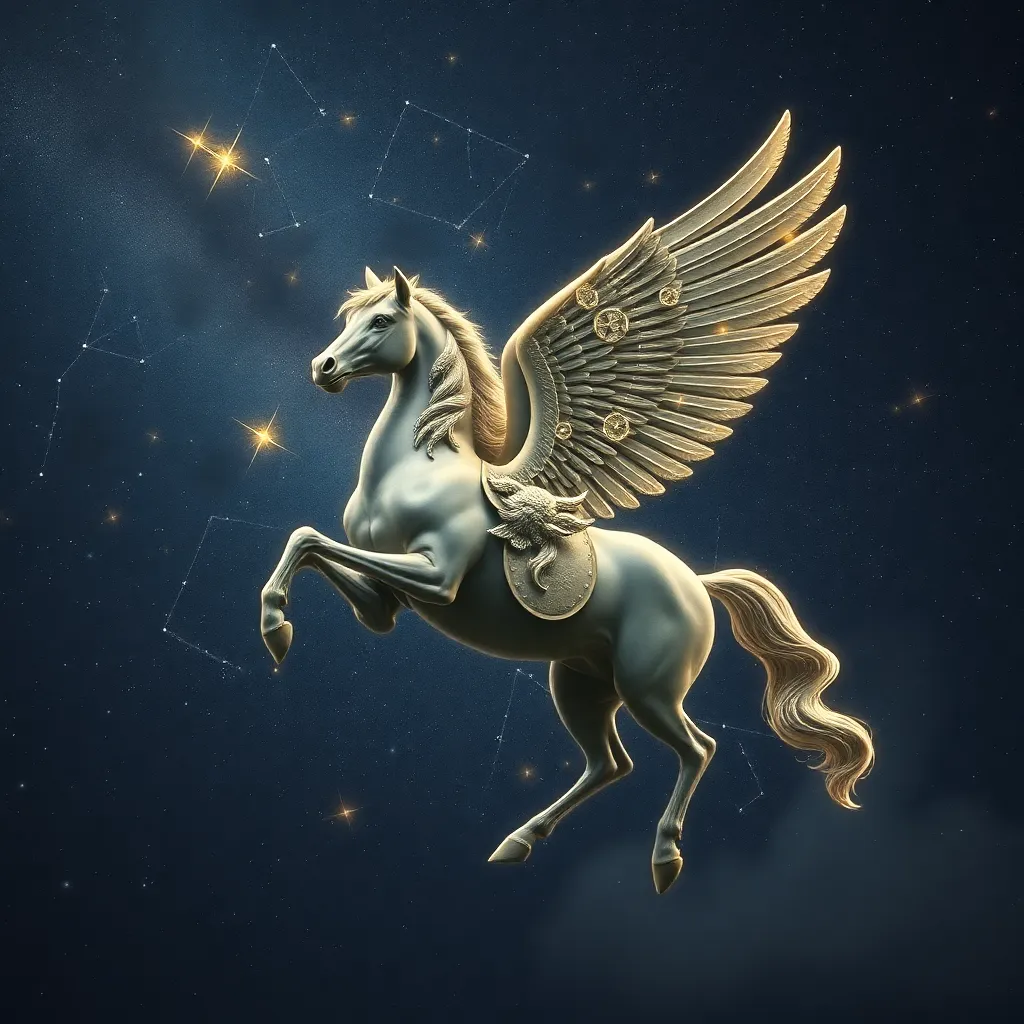The Chinese Pixies: From the Huagu to the Yinglong and the Nuwa
I. Introduction
In the rich tapestry of Chinese folklore, pixies or supernatural beings hold significant importance, representing various aspects of nature, creation, and human experience. These enchanting figures are often woven into the narratives that shape cultural identity and communal beliefs.
Among the most notable of these pixies are the Huagu, the Yinglong, and Nuwa, each embodying unique characteristics and significance. This article explores these three figures, delving into their historical context, symbolic meanings, and cultural impact throughout Chinese history.
II. Historical Context of Chinese Pixies
The origins of pixie folklore in ancient China can be traced back to the earliest dynasties, where mythology intertwined with daily life. Stories of these beings emerged from the natural world, reflecting the deep connection that ancient Chinese societies had with their environment.
The influence of Taoism and Buddhism on pixie narratives cannot be understated. Both philosophies brought new dimensions to the understanding of the universe and the spiritual realm, enriching the stories of these mythical beings.
Over the centuries, the characters of pixies evolved through various dynasties, adapting to the changing cultural landscape. The Han, Tang, and Song dynasties, in particular, contributed to the refinement of these figures, merging them with artistic and literary expressions that still resonate today.
III. The Huagu: The Flower Spirit
The Huagu, or Flower Spirit, is a captivating figure in Chinese mythology. Often depicted as a delicate being adorned with blossoms, the Huagu symbolizes beauty, love, and the transient nature of life.
- Description and Characteristics: The Huagu is often illustrated with vibrant flowers, embodying the essence of spring and renewal. This pixie is believed to possess the ability to bring forth blooms and is closely associated with fertility and growth.
- Role in Festivals: During traditional celebrations such as the Qingming Festival and the Flower Festival, the Huagu plays a central role, representing joy and the celebration of life.
- Symbolism: Flowers in Huagu lore symbolize not only beauty but also the fleeting nature of existence, encouraging appreciation for the present moment.
IV. The Yinglong: The Winged Dragon
The Yinglong, or Winged Dragon, presents a stark contrast to the delicate nature of the Huagu. This mythical creature is revered for its strength and benevolence, often associated with rain and agriculture.
- Mythical Attributes: The Yinglong is depicted as a dragon with wings, capable of soaring through the skies. Its presence is often linked to the arrival of rain, essential for agricultural prosperity.
- Cosmological Significance: In Chinese cosmology, the Yinglong is seen as a guardian of the heavens and a symbol of harmony between humans and nature, emphasizing the importance of maintaining balance in the environment.
- Comparisons with Western Dragons: Unlike the fearsome dragons of Western mythology, the Yinglong embodies positive qualities, representing protection and benevolence rather than destruction.
V. Nuwa: The Creator Goddess
Nuwa is one of the most important figures in Chinese mythology, often regarded as a pixie-like deity with the power of creation. Her legend is foundational to Chinese cosmology and cultural identity.
- Legend and Role: Nuwa is primarily known for creating humanity from clay and repairing the sky after a catastrophic event. Her actions symbolize resilience and the nurturing aspect of creation.
- Cultural Significance: Nuwa’s narratives highlight the themes of motherhood, protection, and continuity, making her a central figure in discussions about gender and divine authority in Chinese culture.
- Artistic Representations: Throughout history, Nuwa has been depicted in various art forms, from ancient pottery to modern paintings, illustrating her enduring relevance in Chinese cultural expression.
VI. Interconnections Among Huagu, Yinglong, and Nuwa
The Huagu, Yinglong, and Nuwa are interconnected through thematic links that emphasize nature, creation, and harmony.
- Thematic Links: Each figure represents different facets of the natural world—flora, fauna, and human existence—highlighting the symbiotic relationship between them.
- Influence in Folklore and Art: These characters often appear together in stories, festivals, and artistic works, showcasing their collective importance in Chinese mythology.
- Shared Symbolism: The overarching themes of creation, beauty, and harmony are reflective of the holistic view of existence in Chinese thought.
VII. Cultural Impact and Modern Interpretations
In contemporary media, the portrayal of Huagu, Yinglong, and Nuwa has evolved, reflecting modern sensibilities while retaining their mythological essence.
- Contemporary Media: These pixies have found their way into literature, films, and television, often reinterpreted to resonate with younger audiences.
- Resurgence of Interest: There has been a growing interest in traditional folklore in modern China, as people seek to reconnect with their cultural roots.
- Global Adaptations: The stories of these figures have inspired adaptations worldwide, illustrating the universal themes of nature and humanity that they embody.
VIII. Conclusion
The Huagu, Yinglong, and Nuwa are vital figures in Chinese culture, each contributing to the rich narrative tapestry of folklore. Their stories reflect enduring themes of beauty, creation, and harmony, which continue to resonate in contemporary society.
As we explore these mythological figures, it becomes clear that they hold ongoing relevance, inviting us to appreciate the richness of Chinese folklore and its impact on cultural identity today.



